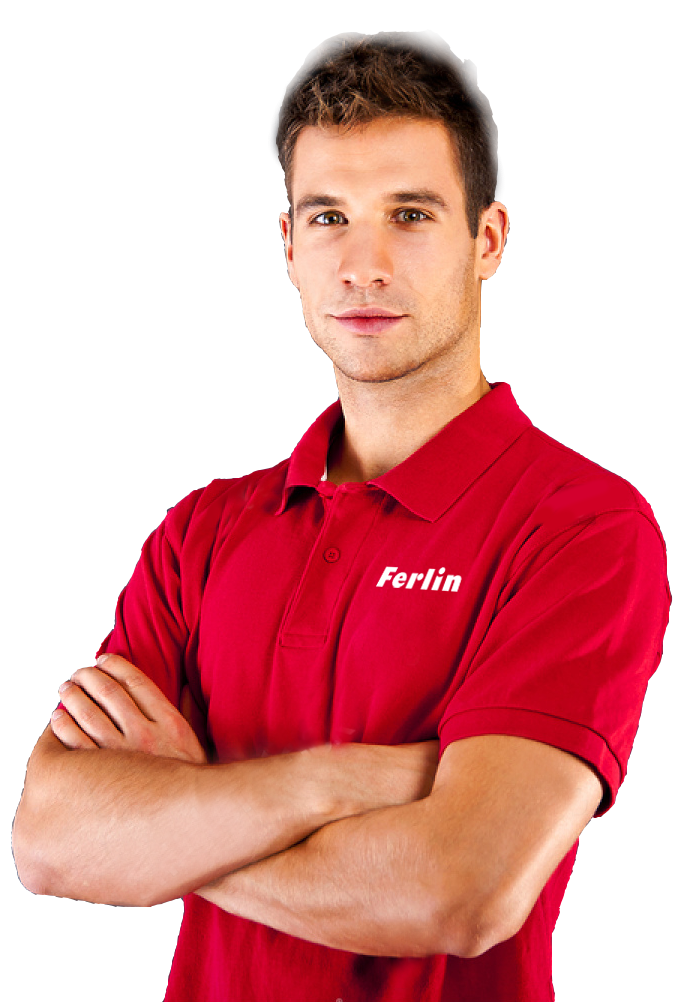The dosing of materials can provide enormous cost savings for plastics processing companies. Additives and masterbatch are often some of the most expensive sources companies use. The way materials are metered shows its effect on cost savings.
Manual dosing
One of the oldest methods for dosing materials is manual dosing. Often a large mixer is used in which the components are placed one by one. Sometimes by using volume, 1 bag of component A and 2 bags of component B, but sometimes also determined by weight. In light of our 5 reasons to stop using a compound:
- Economic reasons: low purchase price of equipment but labour intensive. Moreover, a lot of room for error can lead to wasted material. Compared to other dosing methods, the economic reasons are limited.
- Logistical reasons: manual dosing requires less stock compared to the use of compounds. Compared to other dosage methods, the same logistical reasons occur and are therefore considered to be great.
- Flexibility reasons: usually, large batches are prepared by hand, which makes it difficult to adjust the additives when needed. Moreover, it often takes a long time to prepare the batch. Therefore, we consider the flexibility reasons to be limited.
- Reproducibility reasons: If everyone follows precise rules and there is a general understanding of how recipes are made in terms of percentages, the reproducibility reasons may be average.
- Reasons for traceability: retrospectively determining which materials went into the mix of each component is only possible with strict rules and solid data logging, which can be very labour intensive. Therefore, the reasons for traceability are limited.
Gravimetric dosage
We consider two different types of gravimetric dosage: Loss-in-weight and weight gain dosage units. First, we discuss the weight loss principle followed by the weight gain principle.
Weight loss
This means that either the hopper or the complete dosing unit is placed on a weighing cell. However, there is no control over the flow of the natural as only the additive or masterbatch is added, and if deviations occur during dosing due to screws, cavities or dosing tubes there is no possibility to compensate. In theory, the accuracy should be higher because of a feedback loop, but in many systems, this feedback loop causes even more deviations because the control constantly adjusts the requirements and creates even more uncertainties. The weighing cell is often larger than 15 or 20 kg, making it impossible to measure small quantities.
- Economic reasons: units with weight loss are more expensive but do not offer much more. Therefore, we consider the economic reasons to be average.
- Logistical reasons: dosing according to the weight loss principle requires less stock compared to the use of compounds. Compared to other dosing methods, the same logistical reasons occur and are therefore significant.
- Flexibility: The reason for flexibility is that changes can be made quickly and there is no batch.
- Reproducibility: In theory, reproducibility should be high as everything is weighed. However, these machines are often not as accurate as of the manufacturer claims, resulting in a large uncertainty about the actual material dosed, making it more difficult to reproduce exactly the same product. Therefore, we consider the reproducibility to be average.
- Traceability: In theory, the reasons for traceability should be great. However, our research shows that the most commonly used systems do not do what they say they will. Therefore, we consider this to be average.
Weight gain
Often referred to as batch blenders. The principle is quite different from the other methods, as not only the additives and masterbatch are dosed and weighed, but also the natural. Furthermore, Ferlin's batch blenders do not work with screws, which eliminates the pulsating effect. Each component is dosed one by one in a weighing pan. After each component has been dosed, these components fall into a mixing chamber to create a homogeneous batch.
- Economic reasons: since the flow of each component is monitored, the machine can anticipate deviations of the first component. The second component is often the natural or milled product which is very easy to dispense. In addition, smart operating options make it possible to optimise the use of the mill material. Last but not least, by using a separate weighing pan, the weighing cell can be much smaller, making it possible to measure very small quantities. Therefore, we can consider the economic reasons to be great.
- Logistical reasons: dosing according to the weight gain principle requires less stock compared to the use of compounds. Compared to other dosing methods, the same logistical reasons occur and are therefore significant.
- Flexibility: Since these machines prepare a batch, the flexibility is less compared to weight loss dosing units. We, therefore, consider the reasons for flexibility to be average.
- Reproducibility: reproducing the same end product with the same settings is very likely when using a gain-in-weight unit. It measures everything that happens in the mix and can adjust the demand for components based on deviations. We, therefore, consider the reasons for reproducibility to be great.
- Traceability: since the machine measures all components one by one, it is easy to store all data and see at a later stage which materials have gone into each batch. The reasons for traceability are therefore considered to be great.
| Dosage method | Economic | Logistics | Flexibility | Reproducibility | Traceability |
| Manual | Limited | Large | Limited | Limited | Limited |
| Weight reduction | Limited | Large | Large | Average | Average |
| Weight gain | Large | Large | Average | Large | Large |

